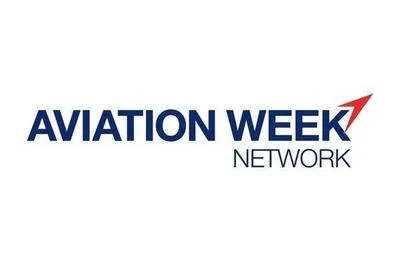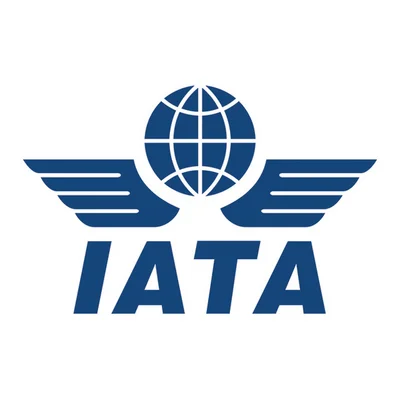Boeing's 737 MAX aircraft faced significant challenges following its design modifications to accommodate larger engines. The company's decision to retrofit the 737 with CFM International LEAP-1B engines on an airframe originally designed in the 1960s has been linked to two fatal crashes in 2018 and 2019. These incidents highlighted engineering and organizational issues within Boeing.
The Boeing 737, a staple of the company's commercial fleet since its first flight in 1967, was initially designed for smaller Pratt & Whitney JT8D turbofans. Over time, as engine technology advanced, Boeing adapted by re-engining the aircraft with progressively larger engines without altering the landing gear or other structural elements. This approach allowed Boeing to maintain its original type certification but led to complications when integrating the LEAP-1B engines.
In contrast, Airbus's A320 family, developed in the 1980s, was designed for larger engines from inception, easing transitions to newer models like the CFM International LEAP-1A engine.
 Alerts Sign-up
Alerts Sign-up




































